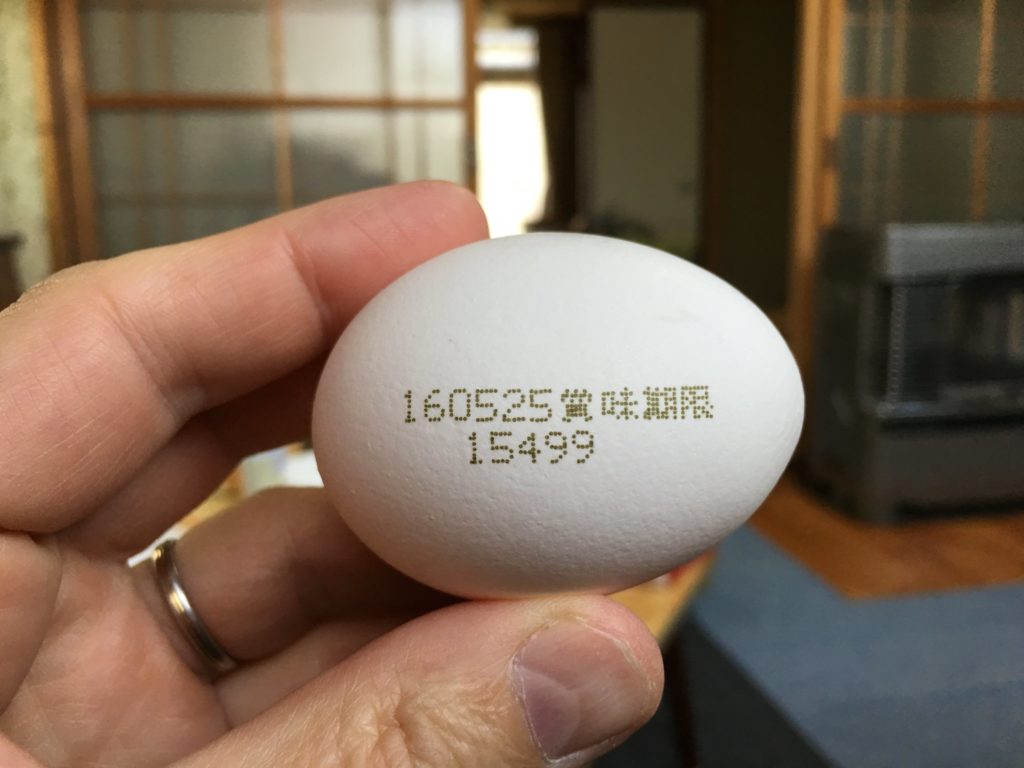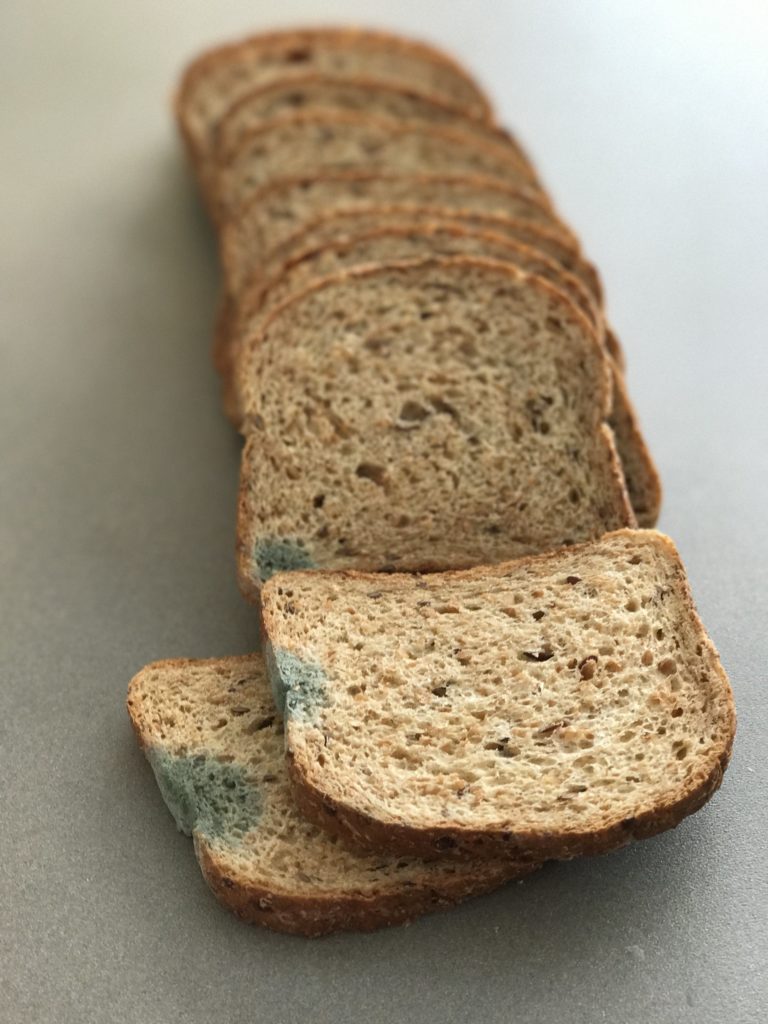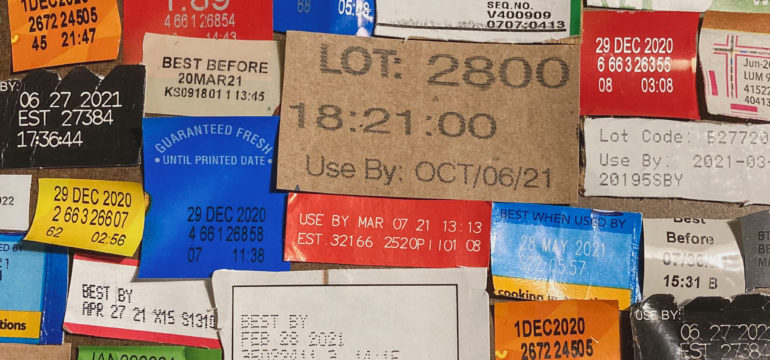By Karin Cho
We all have times when we need to grab something quick to eat before the next meeting, class, or event. On these occasions, you look through the fridge for a find a quick meal, like a pre-packaged sandwich or yoghurt; however, you notice that the food is long past the “Best Before” dates. Would you choose to eat it or toss it?
Some people might choose to toss it since it has past the date printed and may be unsafe to eat. Others may choose to taste a bit to determine whether it is good enough to eat the rest. Though food safety should never be compromised, judging whether a food is safe based on the date label may not be the best method.
Having lived in the U.S. for several years now, I was confused by the different date labels on food products. Back in China and Japan, date labels were typically uniform on the terminology and usage, but in America, food products can have date labels with descriptors like “Use by”, “Best Before”, “Sell By”, and “Expires On”. With so many names, it isn’t a mystery why the system seems very confusing.

PC: Stuart Rankin (https://flic.kr/p/GbHvLV)
Before delving into the date labeling system in the U.S., I’ll share the systems used in Japan and China, simply because the names used are less varied than in the U.S. In Japan, there are two date labels that can indicate the shelf-life of a food, best translated to “Consume By” (消費期限) and “Best If Used By” (賞味期限). The Japanese characters conveniently describes what each of the terms mean, such that they are not interchangeable like the English phrases “Best Before” and “Use By”.
The first phrase, “Consume By” is used for perishable, pre-packaged foods, such as sandwiches, boiled eggs, yoghurt, and fresh cut fruit9. The date proceeding this phrase marks when the food may no longer be safe for consumption even if properly handled and stored. The second phrase, “Best If Used By” is used for semi-perishable and long-term-storage products, like canned goods, instant noodles, and vacuum sealed meals9. The date proceeding this phrase tells consumers when the food may no longer be in optimal condition but does not indicate that the food is unsafe for consumption. They key point is that one label places greater emphasis on food safety, while the other is predominantly concerned with food quality, such as the texture, flavor, color, and aroma.
In China, the labeling can be translated to “Effective Until” (有效期) and “Guaranteed Quality Until” (保质期), with the former recommending consumers to discard the product for safety and efficacy reasons, and the latter suggesting when the food may not be as good of a quality10.
Interestingly, both China and the U.S. do not have regulations for how manufacturers decide to label the dates. In the U.S., manufacturers are given the option to voluntarily place shelf-life labels on their product1. The USDA and FDA require production dates to be printed either in an open or closed format, but expiration dates are generally not required1,3,4,8. The one exception is infant formula, which is required to have a “Use By” label to tell consumers when the formula may no longer have sufficient nutrients for children6.
So, to answer the question of what “Best Before”, “Use By”, “Sell By”, and other phrases mean in the U.S., they don’t really have a legal definition at the federal level, nor do they imply that the food will suddenly be unsafe for consumption past that date. The phrases simply suggest that consumption before the printed dates ensures that the food is at its best quality3. The key point here is that food quality is not equivalent to food safety.
You might ask if the labels are optional, why do manufacturers print them? This is because regulations are different at the state and city level. There may not be a federal regulation on food date labeling, but each state, city, and grocery stores can have their own requirements for date labeling. For example, date labeling for eggs is regulated in Iowa, but it is not regulated in Idaho7. Perishable goods must have date labels in Baltimore, MD, but the state does not have laws on perishable goods—only on grade A milk6,7. The state of Washington has several food date labeling requirements, such as requiring a “Pull By” date for perishable goods and “EXP” or “Better If Used By” dates for long shelf life products2. Walmart required suppliers to print a “Best If Used By” date for all food products in 2004, regardless of state or city level regulations6. The date labels used can vary greatly based on where you live in the U.S.
Although we can’t rely on date labels to assess if a food is spoiled or not, there are other ways of determining when the food has gone bad. Kevin Smith, who is the Senior Advisor for Food Safety in the FDA’s Center for Food Safety and Applied Nutrition, recommends we check the product for changes in color, consistency, and texture before throwing it away1. If you just bought groceries and want an estimate of how long they will keep fresh, there is a FoodKeeper App on foodsafety.gov that will give you suggestions on how to properly store and handle the food product. The FDA also has guidelines on how to properly store food to reduce the risk of foodborne illnesses.

PC: Lynn Friedman (https://flic.kr/p/UfFkHT)
References:
- Confused by Date Labels on Packaged Foods? (2019). FDA. https://www.fda.gov/consumers/consumer-updates/confused-date-labels-packaged-foods
- Decoding Food Dates. Washington State University. (n.d.). Consumer Food Safety. Retrieved March 6, 2021, from https://extension.wsu.edu/foodsafety/content/decoding-food-dates/
- FDA Food Code. (2017). United State Food & Drug Administration. https://www.fda.gov/media/110822/download
- Food Product Dating. (2020). United States Department of Agriculture. https://www.fsis.usda.gov/sites/default/files/media_file/2020-08/Food-Product-Dating.pdf
- General Enforcement Regulations, 21 C.F.R. 1.377 (2020).
- Leib, E. B. (2013). The Dating Game: How Confusing Food Date Labels Lead to Food Waste in America (NRDC Report No. 13-09-A). Natural Resourcers Defense Council. https://www.nrdc.org/sites/default/files/dating-game-report.pdf
- Food Waste Recycling Analysis, Reduce Food Waste & Food Recovery—ReFED. (n.d.). Retrieved March 6, 2021, from https://refed.com/
- Yiannas, F. (2019, May 23). Date Labeling. https://www.fda.gov/media/125114/download
- 消費期限と賞味期限. (n.d.). 農林水産省. Retrieved March 6, 2021, from https://www.maff.go.jp/j/syokuiku/kodomo_navi/featured/abc2.html
- 预包装食品生产日期和保质期相关知识汇总. (n.d.). 知乎专栏. Retrieved March 6, 2021, from https://zhuanlan.zhihu.com/p/105700643
 Karin Cho | Linkedin
Karin Cho | Linkedin
SMF Blog Writer
Karin earned her B.A. in Biochemistry from Grinnell College, and during her time there, she was unsure how to merge her two passions for science and food. After attending several IFT events and completing a QA internship abroad, she decided to pursue a Master’s in Food Science and Technology from Iowa State University. Her research involves the development of fat alternatives. Growing up in a Chinese-Japanese household, she developed a palate for tasting new, sometimes bizarre, foods. When she’s not learning about food science, she enjoys watching science fiction movies, taking walks in parks, and learning new recipes from the people she meets during her travels.






Leave a Reply